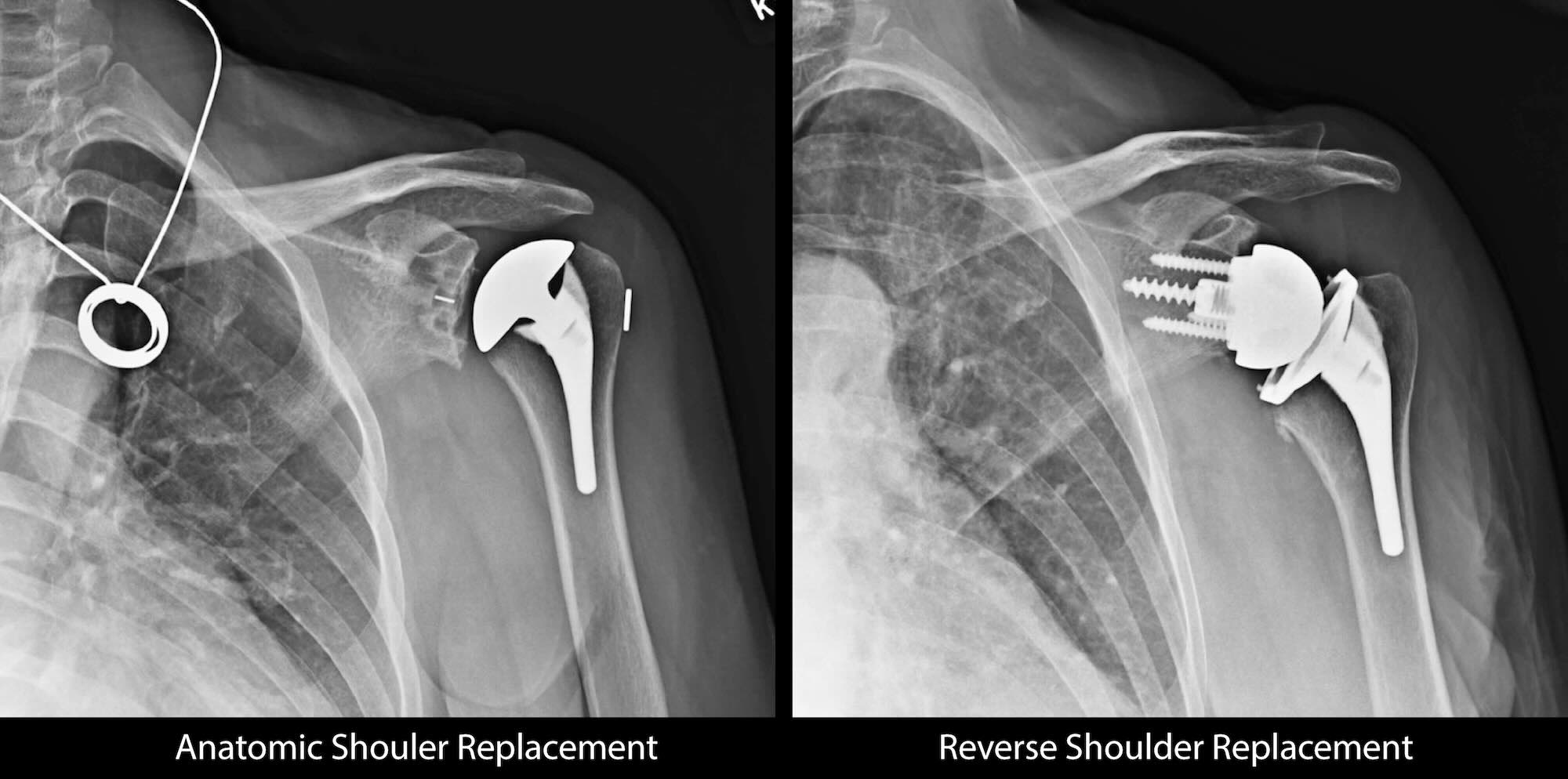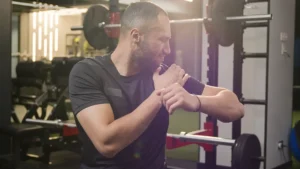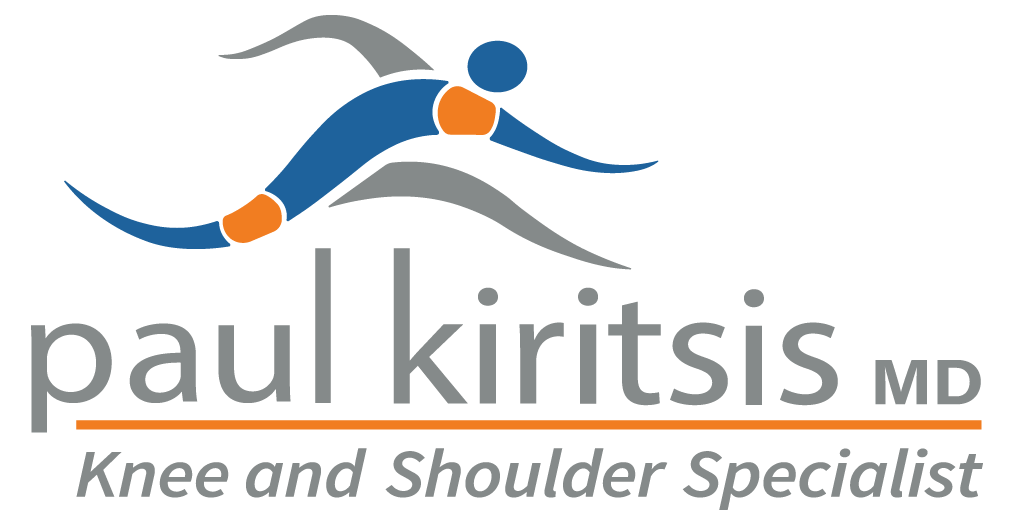What is the success rate of shoulder replacement surgery? Shoulder replacement surgery has a high success rate, with patients often experiencing significant pain relief and improved mobility. Studies show that satisfaction rates for shoulder replacements hover around 90%. Both anatomic and reverse shoulder replacements have proven effective in restoring function for patients with severe shoulder issues.
This post will delve into these success rates and what factors contribute to positive outcomes.
Key Takeaways
- Shoulder replacement surgery boasts high success rates, significantly reducing pain and improving daily function for patients with severe shoulder conditions like arthritis or massive rotator cuff tears.
- Several factors influence the success of shoulder replacement surgery, including the surgeon’s experience, patient’s health (e.g., BMI and mental health), and preoperative conditions such as opioid use and metabolic syndrome.
- Recovery from shoulder replacement surgery involves stages of initial healing, long-term functional restoration, and the crucial role of physical therapy, with most patients resuming normal daily activities pain-free by 8 to 12 weeks post-surgery.
Success Rate of Shoulder Replacement Surgery
The term ‘shoulder replacement surgery’ encompasses a range of procedures, from the more traditional anatomic total shoulder replacement to the reverse total shoulder replacement. Each variant aims to restore function and alleviate shoulder pain, yet the question persists: what are the success rates? Rest assured, many shoulder replacement patients report a significant reduction in pain and a marked improvement in their ability to perform daily tasks post-surgery.
While specific numbers can fluctuate, the overall trend is promising. Shoulder surgery is not only increasing in popularity but also in success, offering a viable treatment option for those plagued by debilitating shoulder joint conditions such as severe arthritis or massive rotator cuff tears. With a board certified orthopedic surgeon who specializes in shoulders, patients can look forward to a future where the shoulder blade moves in harmony with the rest of the arm, free from the constraints of pain and limited mobility.
Factors Influencing Success Rates
But what exactly sways the pendulum towards a successful outcome? It turns out several factors play a pivotal role. The surgeon’s experience is paramount; those who perform a high volume of joint replacements typically see better patient outcomes and fewer complications. Additionally, patient-specific procedures such as Precision Shoulder Replacement can also result in a higher success rate.
The patient’s health can also contribute to the procedure’s success. For instance, a higher Body Mass Index (BMI) can increase the risk of superficial infections and the need for reoperation.
Additionally, the journey to a successful shoulder arthroplasty is multifaceted, with various factors playing a role. These factors include:
- Mental health disorders such as depression and anxiety, which can lead to a bumpier road to recovery and lower functional outcomes post-surgery.
- Socioeconomic factors, such as having workers’ compensation claims, which can influence patient satisfaction and recovery.
- Preoperative opioid use, which can impact the success of the surgery.
- Metabolic syndrome, which can affect the overall outcome of the procedure.
It is important to consider these factors and address them appropriately to ensure the best possible outcome for patients undergoing shoulder arthroplasty.
High patient confidence and positive preoperative expectations go a long way toward better outcomes.
Comparing Anatomic and Reverse Shoulder Replacement
When it comes to shoulder replacements, one size does not fit all. The anatomic total shoulder replacement and reverse shoulder replacement each serve different needs. The anatomic shoulder replacement mirrors the natural structures of the shoulder, including the rotator cuff muscles, ideal for patients with intact rotator cuff tendons. On the other hand, the reverse total shoulder replacement is often the go-to remedy for those with rotator cuff tears so severe that traditional methods are no longer effective.

Studies show that while anatomic shoulder arthroplasty generally leads to better motion and functional outcomes, the satisfaction rates for both procedures hover around a stellar 90%. Complication and revision surgery rates are comparable, reassuring patients that both procedures are robust treatment options for restoring shoulder function.
Recovery After Shoulder Replacement Surgery
The road to recovery after shoulder replacement surgery is a journey of its own. It’s a tiered process that begins in the recovery room and unfolds over months, characterized by initial healing, long-term functional restoration, and the invaluable role of physical therapy.
Let’s take a closer look at each stage to understand how patients transition from surgery to regaining the strength and range of motion necessary for everyday life.
Initial Recovery Period
The first chapter of recovery typically sees the patient in the recovery room, where the initial focus is on managing pain and swelling. Patients that experience superior postoperative pain management typically experience significant reductions in pain, opioid usage, and hospital stay durations.
Physical therapy starts with gentle exercises, aiming to ward off stiffness and set the foundation for regaining motion. During this period, the sling becomes a constant companion, safeguarding the new shoulder joint for a span that typically stretches to six weeks.
Everyday activities are not off-limits, though. Patients are encouraged to resume them, albeit with caution and without the strain of lifting or sudden movements. This delicate balance of protection and gradual mobilization is crucial in the first few weeks, fostering a nurturing environment for the healing shoulder.
Long-Term Recovery
As weeks unfold into months, the horizons of recovery expand. By the 12-16-week mark, most patients find themselves stepping back into their normal routines, with the added joy of doing so without pain. It’s during this phase that low-impact sports and daily activities re-enter the picture, painting a vibrant tableau of life after shoulder replacement surgery. Some activities you can start to enjoy again include:
- Swimming
- Cycling
- Walking
- Yoga or Pilates
Remember to always consult with your doctor or physical therapist before engaging in any new activities to ensure a safe and successful recovery.
The journey doesn’t end here, though. Significant improvement continues to develop, and under the guidance of a physical therapist, patients often make strides in strength and range of motion that they might not have thought possible. It’s a testament to the transformative power of a well-executed replacement surgery and a committed recovery process.
Role of Physical Therapy
Physical therapy is a cornerstone of recovery, bridging the gap between surgery and a return to full function. Shoulder replacement patients engage in a carefully curated regimen of exercises, each designed to build strength and flexibility where it’s needed most.
From passive movements to shoulder shrugs and elbow raises, the repertoire of exercises evolves as the shoulder heals. By three months post-surgery, patients are typically ready to take on more challenging strength exercises, and by the six-month milestone, they’re often ready to resume most of their pre-surgery activities. It’s a journey marked by milestones and achievements, each one bringing the patient closer to full shoulder functionality.
Patient Testimonials
Hearing from those who have walked the path before can be incredibly enlightening. Here are a few examples of patients who have had great success with shoulder replacement surgery.
Precision Shoulder Replacement
Enter Precision Shoulder Replacement, a specialized approach to shoulder care that I have pioneered. This method is more than an advanced surgical techniques; it’s a comprehensive care plan which is patient-specific, that encompasses state-of-the-art technology and an unwavering commitment to excellence.
Overview of The Precision Shoulder
My passion to advancing shoulder care is embodied in The Precision Shoulder. This approach is not only about addressing shoulder pain but also about ensuring a level of accuracy that revolutionizes the patient’s recovery and long-term outcomes. With proprietary methods like the subscapularis repair and advanced 3D surgical planning, The Precision Shoulder is at the forefront of orthopedic innovation.
The focus here is on restoring the shoulder’s native anatomy and optimizing the recovery process through precise implant sizing and placement, tailored to each individual’s unique physiology. It’s this meticulous attention to detail that enhances the surgery’s effectiveness and longevity, setting patients on a smoother and faster path to recovery.
Advanced Surgical Planning Software
One of the key components behind the success rates of Precision Shoulder Replacement is the advanced surgical planning software, a tool that allows me to tailor each procedure to the patient’s specific anatomy. By using preoperative CT scans, this software aids in accurately recreating the shoulder’s center of rotation, ensuring that the implant functions as close to the original joint as possible.
This technological marvel isn’t just about accuracy; it’s about results. By meticulously planning each surgery, I can help ensure an optimal range of motion and strength, key components for a successful recovery and a return to the activities patients love.
Innovative Pain Relief Methods
Pain management is a critical component of any surgery, and I utilize innovative pain relief methods to minimize postoperative discomfort and hasten the recovery process. These methods range from meticulous surgical techniques to personalized care plans that address each patient’s unique pain profile.
By combining conservative treatments with advanced surgical practices, patients experience less pain, leading to a more comfortable and quicker return to their daily lives. It’s this holistic approach to pain relief that differentiates Precision Shoulder Replacement from traditional methods and ensures the patient’s well-being is at the forefront of care.
Choosing the Right Surgeon
Research supports that shoulder surgeons such as myself with higher case volumes see lower complication rates and improved patient outcomes.
It’s essential to have an open dialogue with your shoulder surgeon, discussing the details of the procedure, from the types of prosthetic materials to the pros and cons of different surgical styles. Such conversations ensure that patients are good candidates for the treatment and that their specific needs are met for the best possible results.
Frequently Asked Questions
What is the success rate of shoulder replacement surgery?
Shoulder replacement surgery has a high success rate, with most patients experiencing significant pain relief and improved function afterward. While specific numbers vary, overall trends are positive.
How long does recovery take after shoulder replacement surgery?
Recovery after shoulder replacement surgery generally involves an initial period of immobilization and focused physical therapy, with most patients returning to normal function and low-impact activities within a few months.
What are the differences between anatomic and reverse shoulder replacement?
Generally speaking, anatomic total shoulder replacement is done when the rotator cuff tendons are intact, mirroring the natural structures of the shoulder, while reverse shoulder replacement is used when rotator cuff tears are severe and traditional methods are ineffective.
What factors can influence the success rate of shoulder replacement surgery?
The success rate of shoulder replacement surgery can be influenced by factors such as the surgeon’s experience, patient health conditions, socioeconomic factors, and lifestyle choices. These factors play a significant role in determining the outcome of the surgery.
How does Dr. Kiritsis’ Precision Shoulder Replacement help enhance surgical outcomes?
The Precision Shoulder approach can help improve the success rate of shoulder replacement surgery through advanced surgical techniques including a proprietary method for subscapularis repair, meticulous planning, and innovative pain relief methods, aiming to restore shoulder anatomy, minimize discomfort, and expedite recovery.





